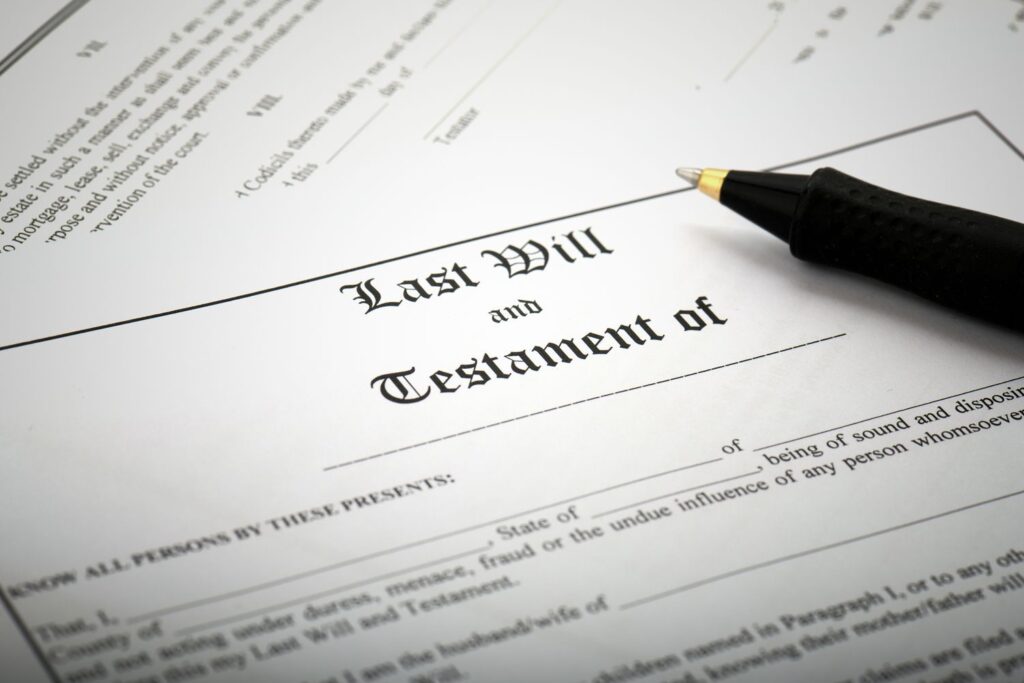

In the previous entries in the series, we handled the difference between dying testate versus intestate and the order of priority when one dies intestate.
For the final installment, we will now explore the role of the Administrator General in the estates of persons who die without leaving a will and a basic look at the process involved.
Firstly, and most importantly, the roles and duties of the agency are governed by the Administrator General’s Act.
The act or law creates the Administrator General’s Department, and allows the Governor-General to appoint both the administrator general and a deputy.
The act also gives instructions as to when the agency is to handle estates of deceased persons. There are several situations in which they are to intervene but the main ones are:
- When a person dies intestate and has a minor beneficiary
2. When the person dies without any living adult beneficiary (this is a situation known as bona vacantia)
3. When a person dies with a will but with no executor or the executor refuses to act. In this case the Administrator General would handle the estate in keeping with the will, acting as the person’s executor. The person is still considered to have died testate and so their will is honoured by the agency.
There are several other situations, but the aforementioned situations are typical for the bulk of the estates.
The process of the administration when the person dies intestate is the same across the board, so we will examine the basic order of the process.
Following the reporting of the death to the department, the first step is to investigate and confirm the assets.
So, if the department is informed of land, vehicles, bank accounts, and any other assets, it must get confirmation of those assets. Usually, there needs to be proof of ownership provided to the department in relation to the assets.
These would differ depending on the asset.
So for example, if the person is reported as having owned property, proof of ownership would be a Certificate of Title (if it is registered land), a deed (if it is unregistered land), or a sale agreement as proof it was paid for by the deceased prior to their death.
In the case of a vehicle, it would be a Certificate of Title as well.
Bank accounts would require some sort of statement or bank book with the deceased’s name.
If there is some deficiency in the proof of ownership, then the department usually takes steps to investigate the assets, as they would need to be confirmed before any action can be taken.

The department usually sends letters of enquiry to banks to confirm the existence of bank accounts. It will also send the same letters to the most recent employers to confirm NHT contributions and for how many years it was being paid. It could also enquire about the existence of any shares or stocks that the person may have had in a company.
The extent of the investigation is based on the information that is provided to the department by the person/s reporting the death. It is important that as much proof is provided as is known.
The amount of proof provided at the beginning, will reduce the time that it takes for assets to be confirmed.
Once an asset is reasonably confirmed, then the Agency will apply for what is called an Instrument of Administration.
The most recent amendment to the act was in 2015, (and several other complementary legislation), allows for the Administrator General to issue their own grant, which gives it the same power as the grants applied for through the court systems.
This allows for a more timely turnaround in the settling of estates, as the department no longer has to wait for a grant to be issued by the court to begin the administrative process.
Once the Instrument is in place, the Administrator General is then required to pay all debts owed by the estate, distribute the assets to the adult beneficiaries according to the table of distribution discussed in Part 2 of this series, and establish and maintain trusts and investments on behalf of minor beneficiaries until they attain majority.

The department bills the estate 6.0 per cent of the total value of the estate to carry out its functions, as provided for in law, and it is responsible for the maintenance of all the assets until the estate is fully handled.
The Instrument of Administration also allows the department to sell an asset where it deems it to be appropriate and distribute the proceeds of the sale according to the table.
As previously explained, the system of intestacy does not account for personal relationships and, therefore, the department is not at liberty to deviate from the law. It is bound to distribute the assets in the way that the law prescribes and so a valid will should be in place to safeguard the wishes of the deceased.






Comments